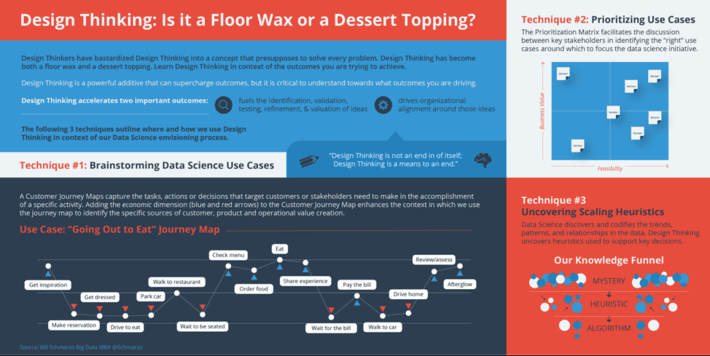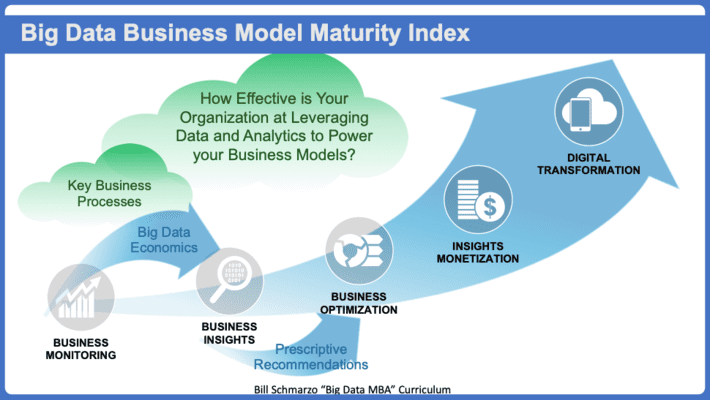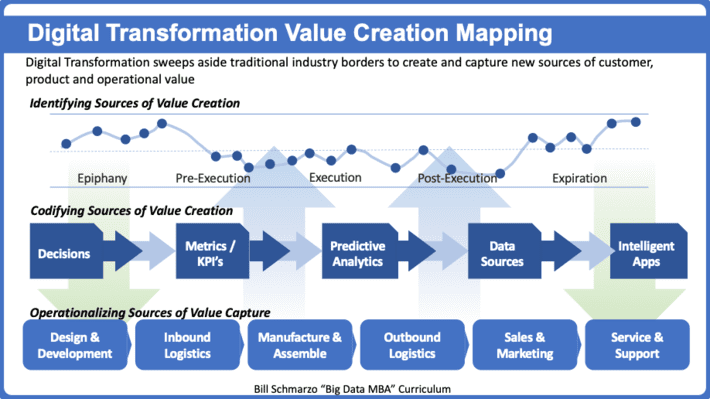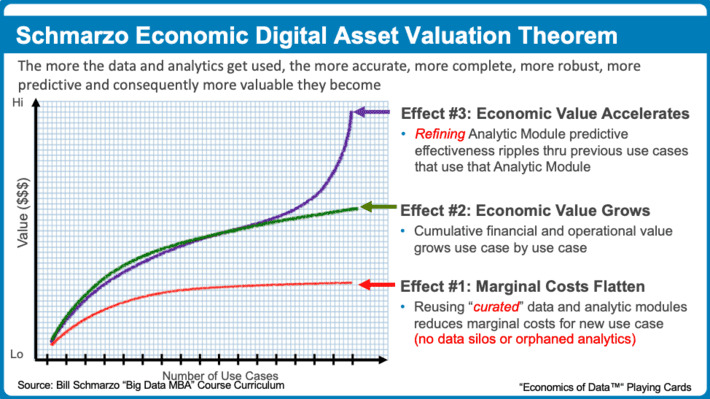“It is hard to teach an old dog new tricks. They’ve only been in business for 155 years.”
– Anonymous
The Pullman Co (1867), Allied Corp (1920), Heinz (1869), Hughes Tool (1908), Ford Aerospace (1956), Motorola (1928), Bethlehem Steel (1857), Ralston Purina (1894), Compaq (1982), E.F. Hutton (1904), PaineWebber (1880), MCI (1983), Eastern Airlines (1926) and Pan Am Airlines (1927), Houston Natural Gas / Enron (1940), Arthur Andersen (1913), Woolworth’s (1879), Standard Oil (1870), General Foods (1895), Kraft (1923)….
A recent article by Peter Bendor-Samuel highlighted 3 reasons why an organization’s Digital Transformation fails:
- Lack of up-front (senior management) commitment
- Failing to take an iterative sprint approach
- Taking a technology-first approach
Totally agree. Each one of these three are a non-starter if you are serious about successful digital transformation. However, while each of these reasons are relevant and need to be addressed, I find that the underlying premise of the article is wrong – that “Fatigue from continuous change is a top reason why more than 70 percent of digital transformations fail.”
Continuous change is not why digital transformation fails; the lack of continuous change is why digital transformation fails.
4 Survival Tips to Help Organizations Thrive in the Future
In order to be successful at Digital Transformation, your organization must embrace the power of continuous change and learning; the Digital Transformation Survival Tips:
- Survival Tip #1: Digital transformation is about species survival (thanks Darwin)
- Survival Tip #2: Have and live a “True North”
- Survival Tip #3: Identify, codify and operationalize new sources value
- Survival Tip #4: Embrace a mindset of learning, sharing, re-use and refinement
Survival Tip #1: Digital Transformation Is About Species Survival
Organizations must instill a culture that continuously challenges the existing norms; a culture that embraces change as the only constant for business model (species) survival. Charles Darwin proposed that species evolution is natural selection process. Because resources are limited in nature, organisms and organizations with heritable traits that favor survival and reproduction will tend to leave more offspring than their peers, causing the traits to increase in frequency over generations.
So how do you prepare your organization for a constant world of change? Embrace Design Thinking. Understand, teach and live the human-centric, humble-management Design Thinking concepts and approaches. Make them a daily part of the operations of your business, and not just another management fad (see Figure 1).

Figure 1: Embrace the Cultural Change Agent Called Design Thinking
Everyone can learn from everyone else if you embrace a culture where “all ideas are worthy of consideration” and “if you don’t have enough might moments, you’ll never have any breakthrough moments.” And, by the way, don’t believe that only the best ideas must come from senior management. That’s the command and control management way of thinking.
Survival Tip #2: Have and Live a “True North”
A “True North” can’t just be a statement that the senior management team constructed in their latest off-site. A “True North” should be why the organization exists and the value it provides to society.
Our “True North” is a commitment to help our customers (both external and internal) become more effective at leveraging data and analytics to power their business models (see Figure 2).

Figure 2: Big Data Business Model Maturity Index
It’s about embracing a Value Engineering approach that helps organizations identify, validate, value and prioritize the organization’s key business and operational use cases; a process to help organizations derive and drive new sources of customer, product and operational value.
Survival #3: Identify, Codify and Operationalize New Sources of Value
Digital Transformation requires organizations to master three aspects of value creation: identifying, codifying and operationalizing new sources of business value (Figure 3).

Figure 3: Digital Transformation Value Creation Mapping
In detail from Figure 3:
- Step 1: Embrace an envisioning approach to bring together all key stakeholders to identify, validate, value and prioritize the organization’s key business and operational use cases. This is the world of Design Thinking. And make sure that all key stakeholders are engaged, otherwise you run the risk of being torpedoed by passive-aggressive behavior.
- Step 2: Codify (capture in software and math) the sources of customer, product and operational value. This is the world of Data Engineering, DataOps and Data Science. Yep, this is where those giant brained data scientists will leverage AI, deep learning, machine learning and reinforcement learning to “identify variables and metrics that might be better predictors of performance” and “extract commonalities from data distributions to aid in the identification and classification of objects”.
- Step 3: Operationalize (embed) the codified sources of customer, product and operational value into your operational systems. Think where and how to leverage the codified customer, product and operational insights to optimize, automate and eventually create an autonomous value chain, or value network, while re-engineering your business model.
Survival #4: Embrace a Culture of Learning, Sharing, Re-Use and Refinement
This fourth survival tip may be the hardest, because it’s based on creating an open and transparent organizational culture that seeks to give everyone in the organization a voice…and an opportunity to co-create value with other members of the organization.
The unique economic value of data and analytics – two digital assets that never deplete, never wear out and can be used across an unlimited number of use cases at near zero marginal cost – is founded on the principal of learning, sharing, re-using and refinement; that every time you use the data and the analytics, those assets have an opportunity to get better – more accurate, timelier and more predictive (see Figure 4).

Figure 4: Schmarzo Economic Digital Asset Valuation Theorem
The Schmarzo Economic Digital Asset Valuation Theorem outlines three economic “effects” that are the result of sharing, re-using and refining the organization’s data and analytics digital assets:
- Digital Asset Economic Effect #1: Marginal Costs Flatten. Since data never depletes, never wears out and can be reused at near zero marginal cost, marginal costs of sharing and reusing “curated” data flattens.
- Digital Asset Economic Effect #2: Economic Value Grows. Sharing and reusing the packaged/operationalized Analytic Modules across multiple use cases drives an accumulated increase in economic value.
- Digital Asset Economic Effect #3: Economic Value Accelerates. Economic value of analytic models accelerates because refinement of one analytic module lifts the value of all associated use cases.
Summary
Continuous change is not why digital transformation fails; the lack of continuous change is why digital transformation fails.
So, let’s take a lesson from Charles Darwin about species survival, and prepare ourselves to not only survive, but actually flourish, in an age of continuous change. And start that organizational preparation by embracing the Digital Transformation Survival Tips:
- Survival Tip #1: Digital transformation is about species survival
- Survival Tip #2: Have and live a “True North”
- Survival Tip #3: Identify, codify and operationalize new sources value
- Survival Tip #4: Embrace a mindset of learning, sharing, re-use and refinement
Species survival is a lot easier when you empower the entire organization for the inevitable change being driven by Digital Transformation.
For additional information about Digital Transformation, check out the following blogs:
